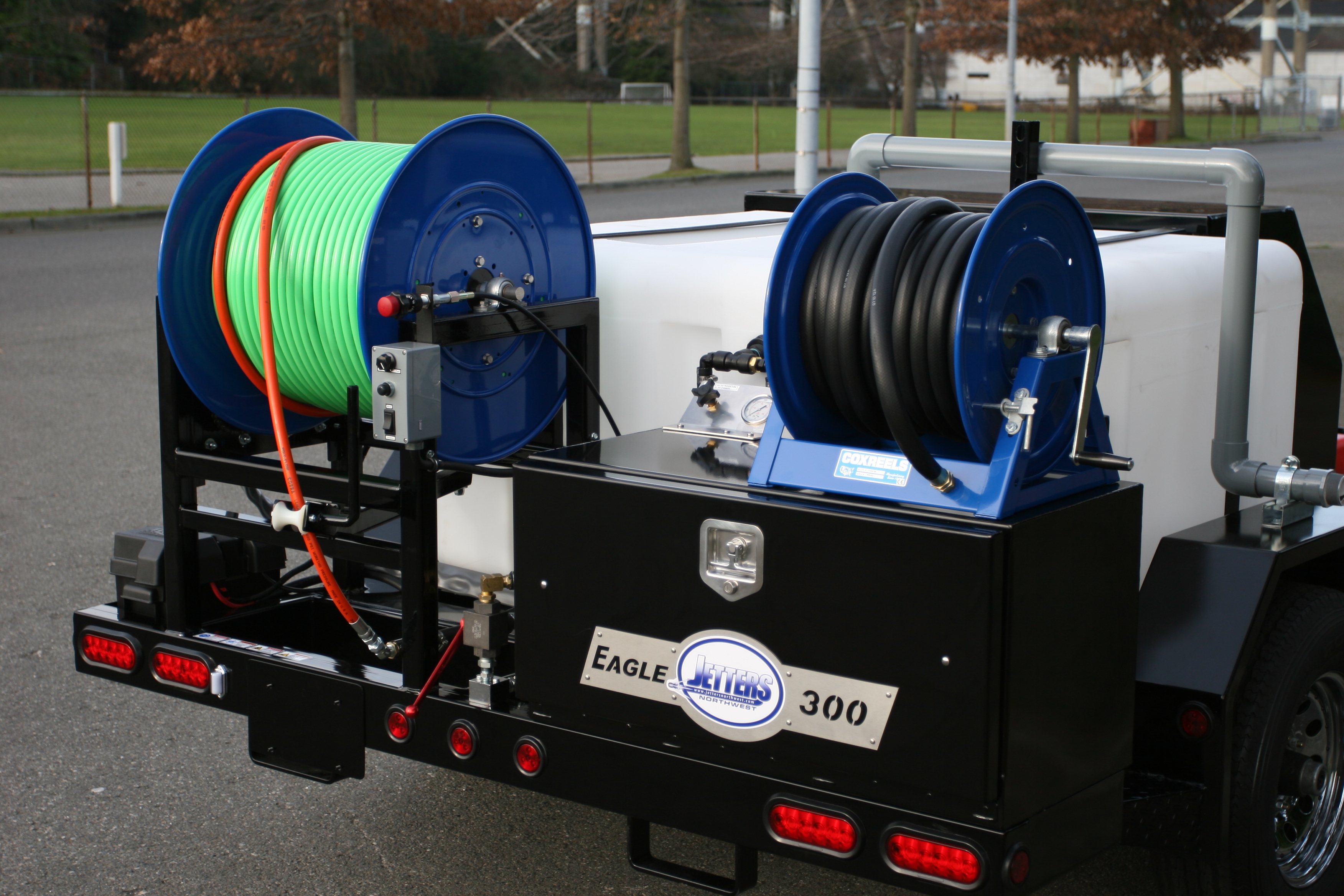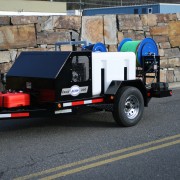Back to School
Back to School? Already?
Author: John McBride
A breeze is blowing, leaves are changing and summer is coming to an end as we usher in a new fall season. As kids head back to school with lunch pails and supply lists, it’s time to go over some check-lists of our own.
Autumn means Jetting Season! Leaves and tree roots will be clogging gutters and drains after a dry summer. Even if it seems premature, before freezing weather comes to haunt us, we need to talk about Jetter maintenance and freeze protection.
Jetter Maintenance:
To get your jetter ready for the busy season there are a few maintenance steps you can take. Changing oils, inspecting items and possible parts replacement can address preventable failures on the job. No amount of maintenance can guarantee trouble-free jetting, but the majority of problems can be prevented or minimized through maintenance, proper operating procedures and addressing small problems before they become big ones.
- Change your oil (Our jetters have 3 types of oil in 3 different places)
- Pumps use 30W non-detergent
- Gearboxes use 80-90 Gear oil
- Engines use 10W-30 for most climates, check the chart in your engine manual
- Change your oil filter
- Check the water level in your battery, and clean the battery connections
- Change the fuel filter, even if it looks clean it’s easy/cheap prevention
- Check air filter and spark plugs, change as needed
- Fix any leaks, (water or oil) small ones have a way or becoming large ones
- Clean water strainer
- Check water tanks for debris or growth, clean and rinse as needed
- Inspect jetting hose, and machine jumper hoses for wear spots that could become blow outs
- Check for loose fittings and fasteners
Of course the best way to prevent problems is to pay attention (watch, look and listen). If things look, act or sound different than normal, pay attention! Every change may not be a big issue, but if you’re aware of small changes you can fix them before they cause bigger problems and worst of all, downtime.
Freeze Protection
OK, you guys in California, Hawaii, Arizona (and the like) can tune out now. As for you in the frozen north, listen up! Here are a few simple steps to avoid problems related to freezing weather. Many of you called me last year to order new strainers to replace the cracked ones, here’s how to avoid doing it again.
First, your jetter can’t freeze if it doesn’t have water in it.
Second, you can’t just drain out the water…
Your pump and systems have many parts, cavities, valves, and other water trapping spaces. Some components will hold water, even if blowing down with air or running anti-freeze. Each of the below functions (mainly pulse and tank return) need to be exercised during the process to effectively protect your jetter.
If your jetter comes equipped with a fitting for compressed air or a “blow down” port, it may only blow down the discharge of the pump and the hose. This will leave water in the suction side, plunger cavities, and the inlet plumbing. These areas are the most susceptible to freezing because they are made for low pressure operation, not high pressure. Even the “complete” (suction side located) blow down fittings can sometimes leave water in other areas, such as the pulsation or bypass lines.
If blowing down with air:
- Drain the water tank completely. Leave drain open. (see step 3)
- After the tank has drained, close and open ball valves slowly 1 or 2 times, or even leave them halfway between open and closed to drain trapped water from the valve housing (water will get trapped in a completely open or closed ball valve).
- On Jetters northwest trailers equipped with a blow down valve, you will need to close the drain and the tank valve before connecting air. Otherwise the air will just escape out the drain and into the tank. (re-open drain after winterizing) You can also skip step 4
- Start the jetters’ engine with the drain valve open and run pump dry for 10-15 seconds at low RPM to evacuate water from the lower side of the pump.
- Connect the air chuck to the supplied fitting, letting air push all the water out the end of the jetting hose.
- With air still connected, cycle your flow control and pulse valves to evacuate water from hoses and fittings. The water will go back to the tank and drain out the open drain valve.
- Disconnect the air and re-connect several times to let water gather in low spots. Multiple charges of air will empty the water more completely than a steady air flow.
- Disconnect the air hose; your jetter is now winterized.
- Remove and store the strainer bowl, and leave valves open
If equipped with anti-freeze system:
- Fill the anti-freeze tank with RV type anti-freeze. If you already have a solution in the tank, test it to make sure it’s still good for the lowest temperature you’re expecting.
- Drain the water tank completely. Leave drain open.
- After the tank has drained, close and open ball valves slowly 1 or 2 times, or even leave the part open to drain trapped water from the valve housing (water will get trapped in a completely open or closed ball valve).
- Open the valve on the anti-freeze tank allowing solution to flow to the pumps inlet. You will need to shut off the tank valve and drain to do this on most jetters.
- Start the engine at low RPM, letting the solution push the water out of the system through the jetting hose. During this time, open and close the pulse valve to fill that system with anti-freeze.
- When anti-freeze gets to the end of the hose, quickly cycle the flow control (to winterize return hoses) and shut down the engine.
- Remove and store the strainer bowl, and leave valves open
Of course any jetter with a tank can be run with anti-freeze in the main tank for winterizing, be sure to run pulse functions and cycle valves to winterize completely. For smaller portable jetters without a tank an air fitting can be made easily by using the fitting of your choice together with a garden hose thread adapter. Keep one in your tool box.
Any maintenance or repair items you may need are available by calling Jetters Northwest. We appreciate your ongoing business and support and want you to get the most out of your Jetters Northwest products. As always if you have any questions please call or email. We are happy to help!
If you would like to share with us how jetting has impacted your business go to our feedback page and let us know. http://jettersnw.wpengine.com/customer-feedback-form/ or connect with us via Facebook https://www.facebook.com/pages/Jetters-Northwest
John McBride
Jetters Northwest Production Manager
(877) 901-1936





